Syn.: Comandra livida Richardson, Hamiltonia sarmentosa Spreng.
Family: Santalaceae R. Br.
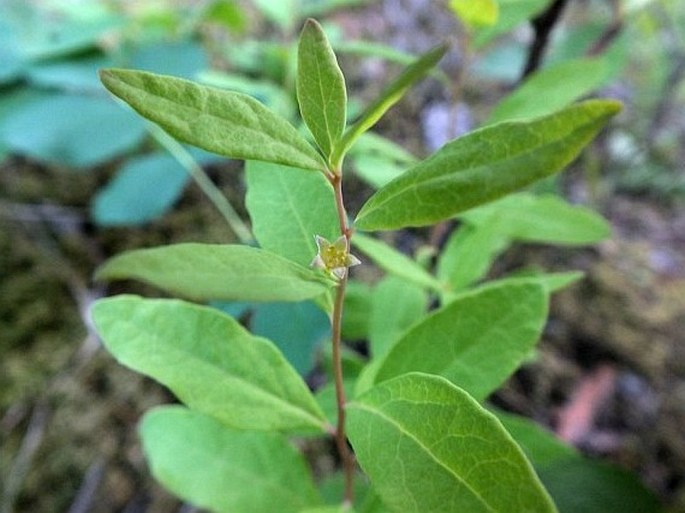
Distribution: Species of the northern part of North America, from Alaska, across Canada arctic and all provinces (although rare in Quebec) and in US found in Washington, Idaho and Montana, and along Canadian border from Minnesota to Maine.
Ecology: Moist, mossy areas in coniferous woods, semi-parasitic on roots of Ericaceae, Pinaceae and Salicaceae. Blooms in June and July.
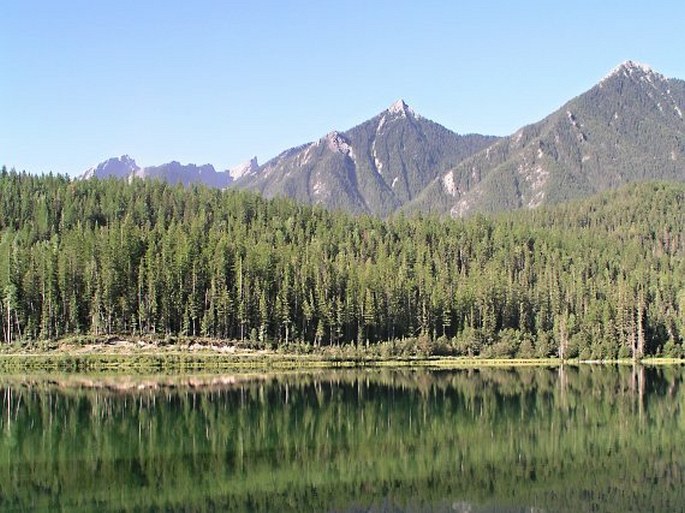
Description: Perennial, semi-parasitic herb, 10–25 cm tall, erect, usually single stem, from creeping rhizomes. Leaves alternate, oval, 10–30 × 5–18 mm, some lower leaf tips retuse, light green or variegated yellow, short-petiolate. Flowers 1–4 in a cyme, from leaf axils, greenish white, sometimes pink, 2–5 mm across, 5 sepals, petals absent, 5 stamens, 1 pistil. Fruit is a berry-like drupe, red or orange, 3 mm, juicy, edible, tasteless.
Threat and protection: State of Maine lists this species as of special concern, New Hampshire as threatened and New York and Wisconsin as endangered.
Note: The yellow variegated plants are infected by comandra blister rust (Cronartium comandrae) as the alternate host. From this plant the infection is passed on pines (Pinaceae) and it can be quite destructive.
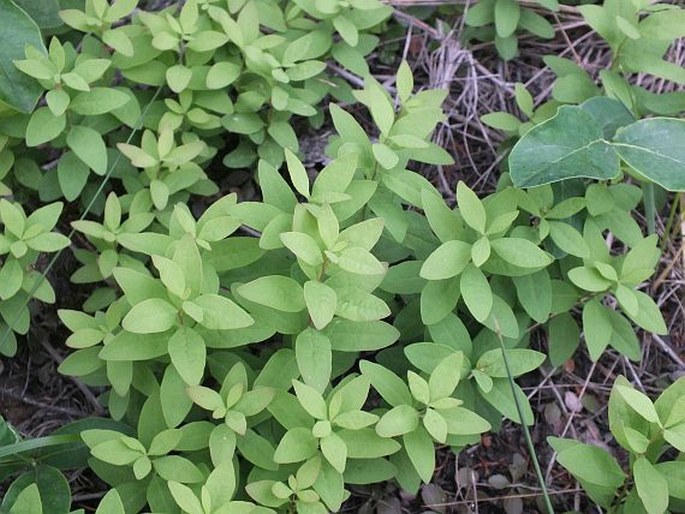
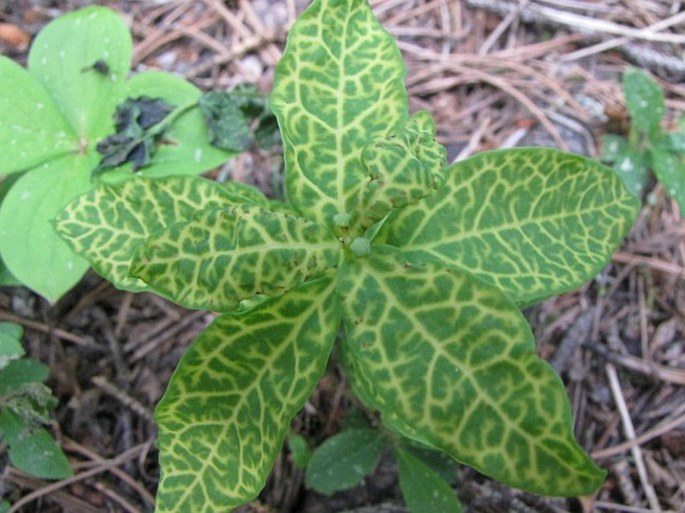
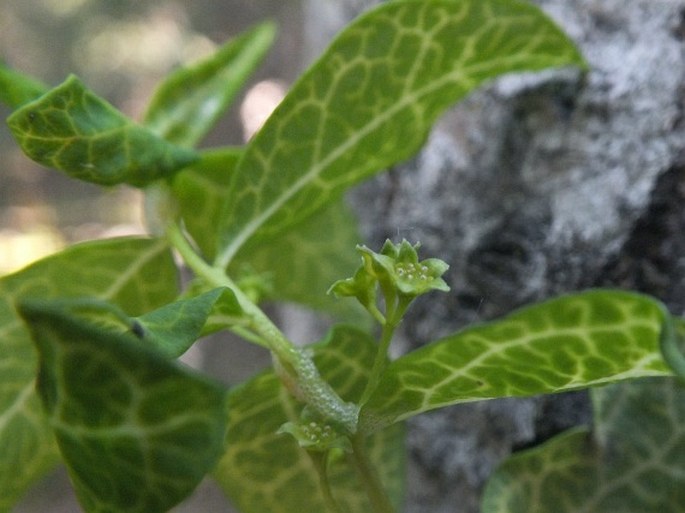
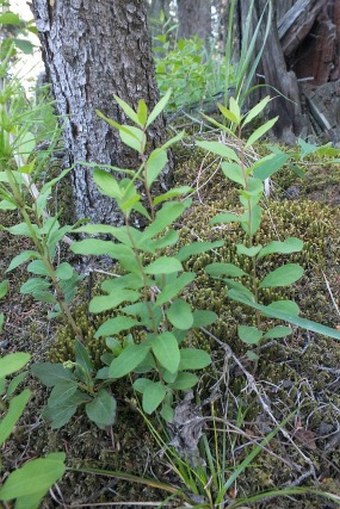
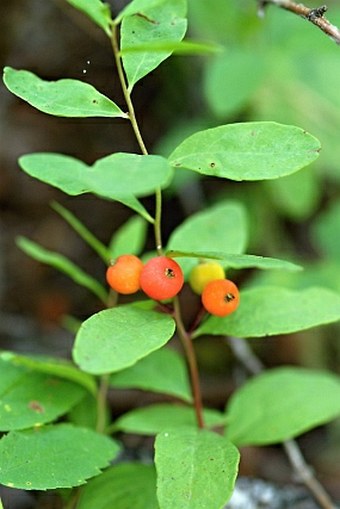
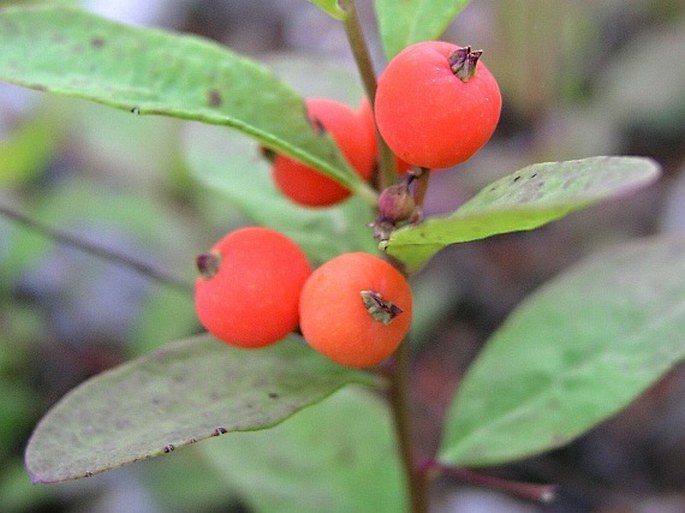
These images were taken in Canada, British Columbia, Whiteswan Lake Provincial Park, Alces Lake (by Alena Vydrová and Vít Grulich, July 23, 2007 ), and Canada, Alberta, Calgary, Griffith Woods Park (by Karel Bergmann, June 21, 2015).


